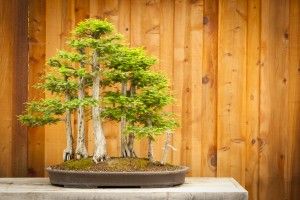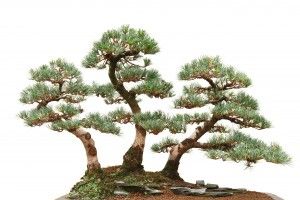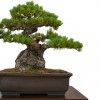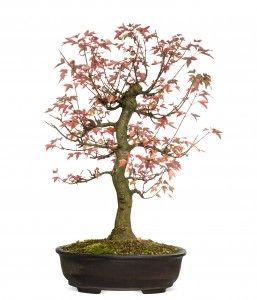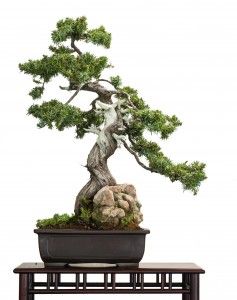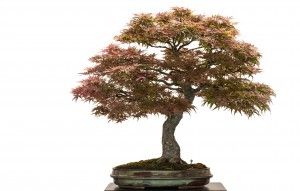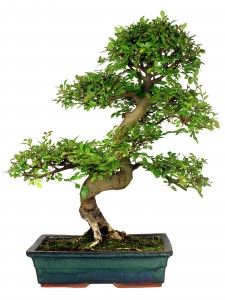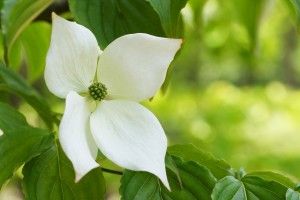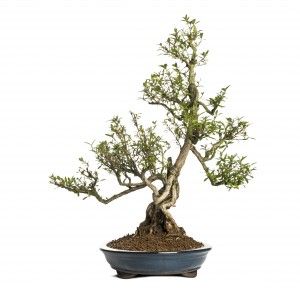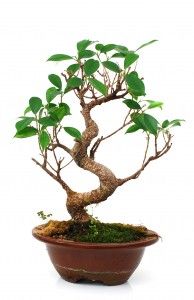Bald Cypress make for unique bonsai because of the shape and foliage. Needles grow on branches in two rows, and survive well into winter before falling. These trees are outdoor bonsai that need a dormant season to stay alive. This species naturally grows in wet, swampy soils, and the same should be used for bonsai purposes. It is common for bonsai trainers to keep this tree submerged up to the pot at all times.
Watering Bald Cypress Bonsai
Bald Cypress need to be watered daily because of their need for full sun. Full sun will dry the soil quickly, and this tree likes moist environments. Water your bonsai by submerging it in water for a few minutes and then letting excess water drain out. This watering technique will allow the soil to soak up optimum amounts of water.
Placement of your Bald Cypress Bonsai
This species thrives in full sun, so provide as much sun as possible.
Training Bald Cypress Bonsai
Cypress are typically planted in group plantings, formal upright, and informal upright styles. Naturally, these trees grow large, tall, limbless, trunks. This is a problem in bonsai, so the truck needs to be cut to the desired height. This kind of tree grows so fast that wiring is difficult to achieve without scaring. Tying branches off to hold them in desired location is preferable to wiring. Sometimes, you may need to cut a V-shaped notch in the “armpit” of the branch to allow you to bend it downward. Make this cut small enough that the bend will close the gap and it will heal. Maintain the shape by pinching back new growth regularly.
Repotting Bald Cypress Bonsai
Potting and root pruning should be done in early spring. Make sure that the little green nubs have not begun to sprout yet. Repot this tree in a heavy soil with good water retention. You want to keep the roots as moist as possible, and it’s impossible to make them rot.
Fertilizing Bald Cypress Bonsai
A miniature tree requiring this much water will wash nutrients away rapidly. You must replace these nutrients by feeding with a balanced fertilizer every other week throughout the growing season. You can slow fertilizing down to monthly after the growing season has ended.
 |
 |
 |
